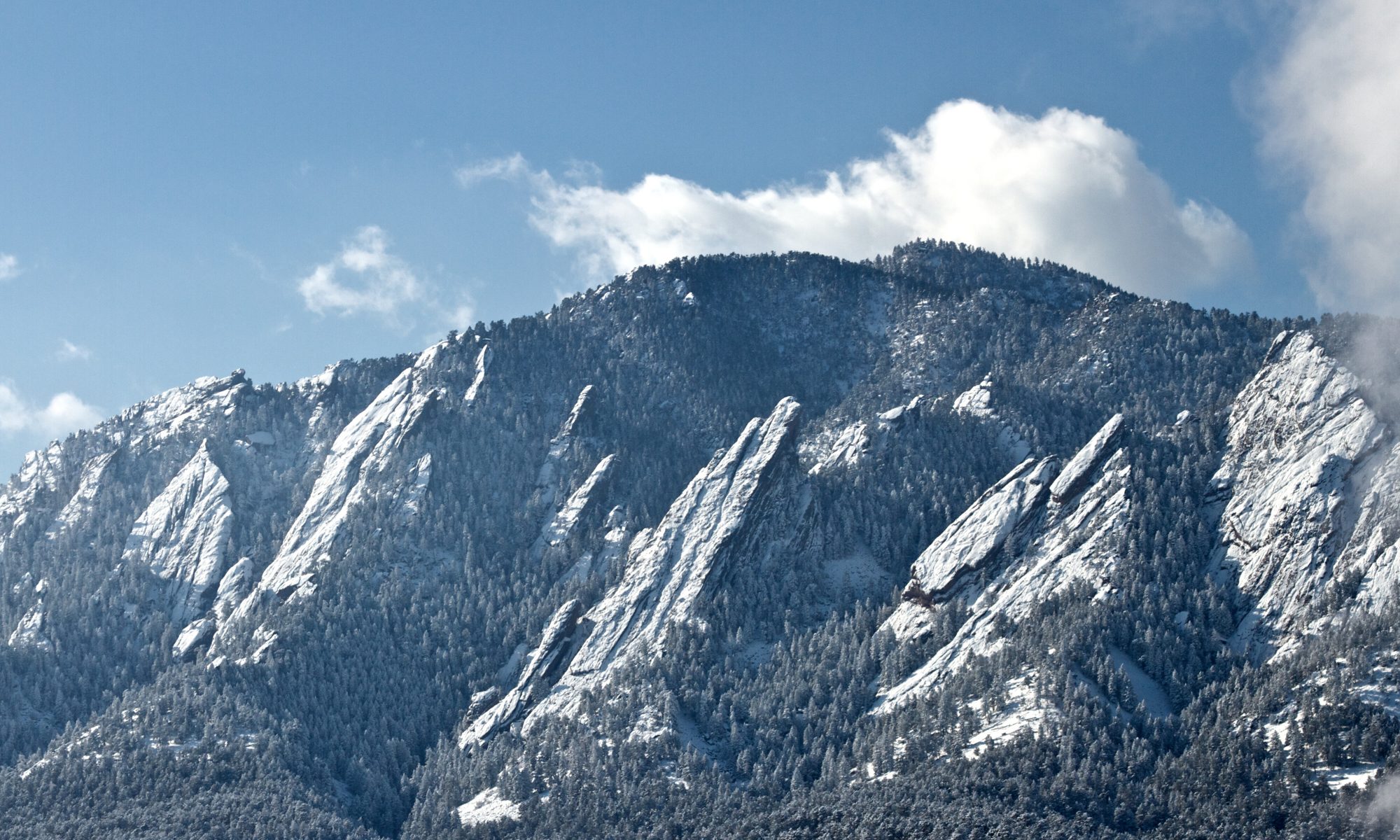Current AI Architectures have a variety of sizes and are rapidly evolving. But under the hood, the vast majority of their computing cycles when processing images are dedicated to convolution in one form or another.
Multimodal architectures will accelerate this trend. The next generation will increasingly concentrate on the largest currently unprocessed data … images.
But digital convolution is hard, which is why image pixels are largely ignored.
What if there were a better way?
A way that…
-
-
- was thousands of times faster on a thousandth of the power?
- supported even the latest, most advanced AI architectures
- integrated transparently with current AI tools
- seamlessly combined the flexibility of a fully-programmable digital system with the inherent advantages of processing with Light
- supported both Training and Inference?
- performed super-speed array operations for advanced algorithms, not only image processing
-
Meet Look Dynamics’ PHOTONIC NEURAL NET

